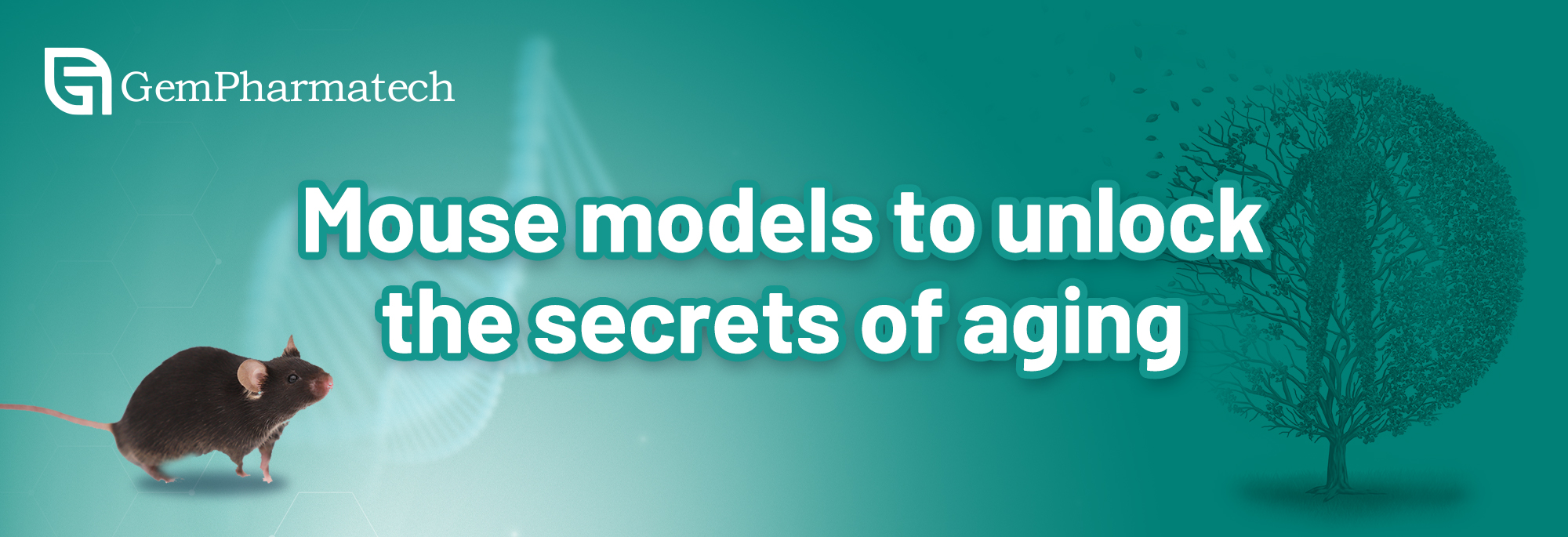
Cellular aging is a major risk factor for a variety of chronic diseases involving the decline of tissues and organs. It is characterized by features such as senescence-associated secretory phenotype (SASP), irreversible cell circle arrest, genomic instability, and altered cell morphology and function. Hundreds of age-related genes have been identified in recent decades, leaving substantial room for the development of anti-aging drugs.
See GemPharmatech mice recently used in aging studies!
Association between ANXA1 and vascular geroprotection |
Mouse strains used in this study: Anxa1-KO|T016864, Anxa1-flox|T016067 This study[1] in mice reveals that the anti-inflammatory factor annexin A1 (ANXA1) exerts positive effects on healthy vascular aging. Depleting ANXA1 or inhibiting the ANXA1-FPR2 interaction can exacerbate vascular remodeling and upregulate SASP and other senescence-related proteins. |
HDAC3 reduces the risk of cartilage aging and osteoarthritis (OA) |
Mouse strains used in this study: Hdac3-flox|T008755 Scientists have discovered[2] that extracellular matrix (ECM) stiffening drives the cartilage senescence in OA patients by downregulating the histone deacetylase 3 (HDAC3) in chondrocyte. HDAC3 shows its impact on mitophagy by modulating the activation of PINK1/Parkin signaling axis, which could turn out to be a therapeutic target for OA. |
Looking for more strains for aging studies?
Strain ID | Strain Name | Strain Type |
Lmna-flox[3] | Conditional knockout | |
Conditional knockout | ||
Conditional knockout | ||
Conditional knockout | ||
Conditional knockout | ||
Conditional knockout |
[1] You, Qinyi, et al. Loss of Endothelial Annexin A1 Aggravates Inflammation‐Induched Vascular Aging. Advanced Science 11.15 (2024): 2307040.
[2] Fu, Bowen, et al. Matrix stiffening promotes chondrocyte senescence and the osteoarthritis development through downregulating HDAC3. Bone Research 12.1 (2024): 32.
[3] Zhou, Yi, et al. Hepatic NOD2 promotes hepatocarcinogenesis via a RIP2-mediated proinflammatory response and a novel nuclear autophagy-mediated DNA damage mechanism. Journal of hematology & oncology 14 (2021): 1-19.


